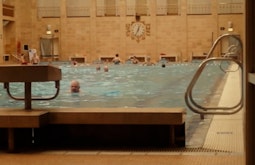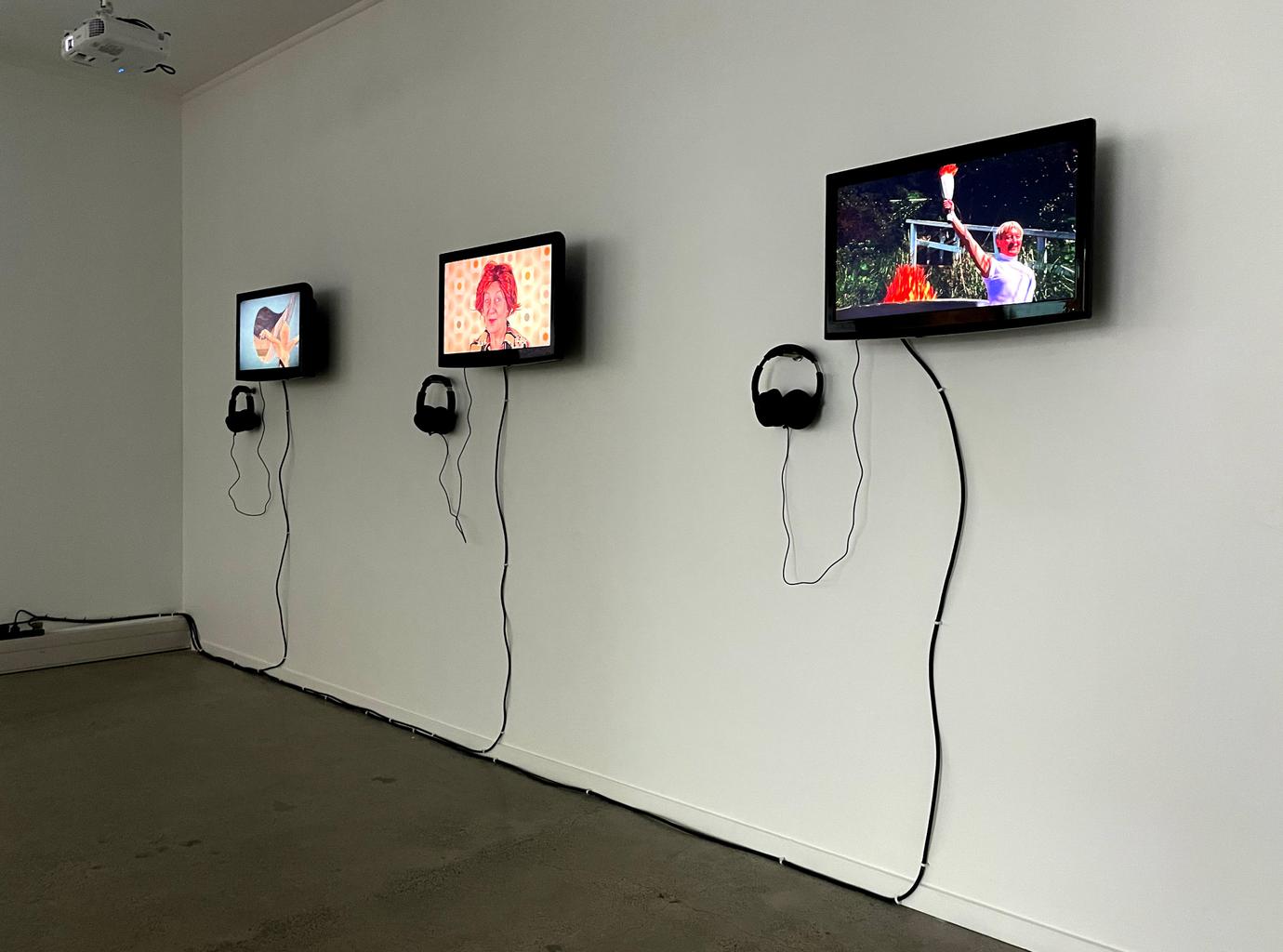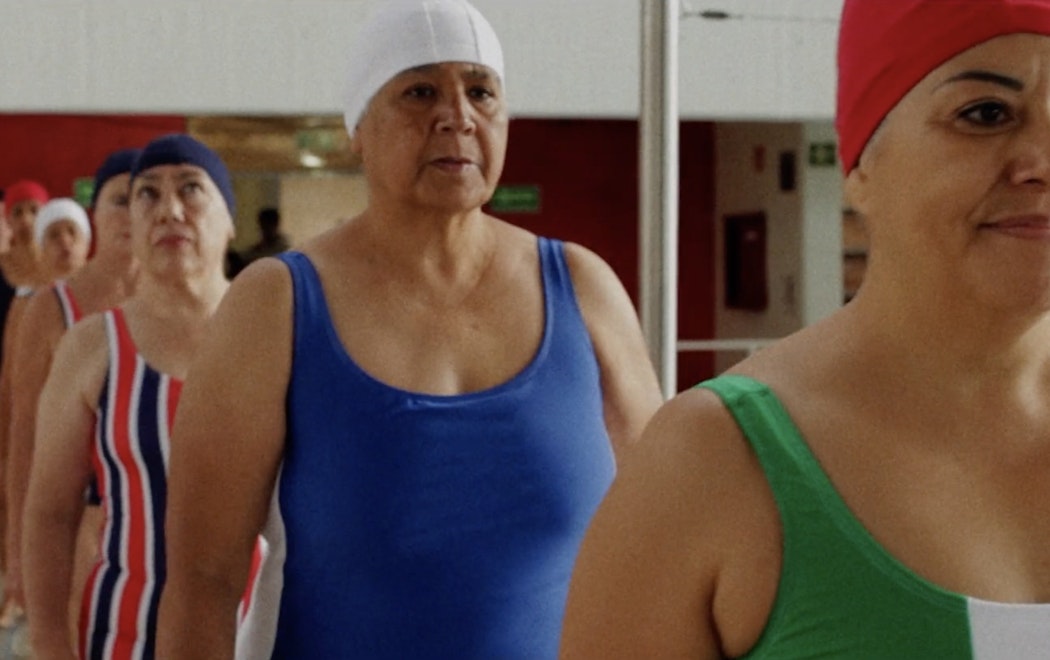"How to wear a disguise is one component in a body of work for my project: The paradox of failure: sport, competition and contemporary art in which I set out to re-stage a fifty-year-old swimming race from the 1968 Mexico Olympics: the final of the women’s 400 metres individual medley. The initial proposal was to re-stage the race with the original competitors—50 years later and in the same Olympic swimming pool in Mexico City.
However, as the project progressed, it morphed into a manifestation of my own serial failings: increasingly inventive attempts at tracking down the ex-swimmers were unsuccessful.
How to wear a disguise was made in response to my thwarted attempt to track down the two former-East German swimmers who were in the final, along with the shadowy presence of a German private investigator (who I had hired online—but his office was mysteriously locked and empty when I turned up unannounced), plus a visit to the old Stasi HQ in Berlin with its curious displays of 60s and 70s spycraft memorabilia.
There, I was transfixed by an exhibition of Stasi agents being taught how to wear disguises, how to put on wigs and false moustaches, how to disguise themselves as Western tourists. A bit like kids playing at dress-up but, absurdly, these were grown-ups and what they were doing was very unfunny. It was all a bit sinister and creepy, this motley collection of very ordinary-looking people trained to spy on their own. A cultivated veneer of everydayness masks the terror that underpinned the 40-year Stasi regime and its controlling ideologies that saw their young athletes unknowingly drugged with peformance enhancing drugs."
How to wear a disguise (2017)
Other works in this series

Sandy Gibbs
Lighting an old flame (2017)
A homage to Norma Enriqueta Basilio, the first woman to light the Olympic flame, and a celebration of the ageing female body.

Sandy Gibbs
Stadium walk (opening ceremony) (2018)
The artist strides into the Olympic stadium in Mexico and is overcome by emotion.

Sandy Gibbs
The swimmer and the spy (2017)
Part of a series of works where the artist seeks to restage a swimming race from the 1968 Mexico Olympics.

Sandy Gibbs
The swimming race (Mexico City) (2018)
The artist attempts to restage the final of the women's 400 metres individual medley from the 1968 Mexico Olympics.

Sandy Gibbs
Recalling Tui (2016)
The artist restages from memory a phone call made to their childhood hero, the swimmer Tui Shipston.

Sandy Gibbs
Space-Girl Dance (2018)
The artist restages a dance that the actress Raquel Welch performed in 1968, in front of Mexico's modernist monuments.

